Trigger points are a common source of pain and discomfort for many individuals, particularly those involved in physical activities or experiencing chronic pain conditions. These small, hyper-irritable spots in muscle tissue can cause significant pain, often spreading pain to other parts of the body. While many factors can contribute to the development of trigger points, underlying nerve compression is a critical yet sometimes overlooked cause. Understanding the connection between nerve compression and trigger points can provide valuable understanding for effective treatment and prevention.
What are Trigger Points?

They are localized areas of muscle spasm and inflammation, characterized by palpable knots that are sensitive to touch. When pressure is applied to these points, pain can be referred to other areas of the body, leading to a phenomenon known as referred pain. This referral pattern is a hallmark of trigger points and can make diagnosis challenging. Globally, approximately 85% of the general population will experience trigger points at some point in their lives. Among patients with chronic pain, the prevalence can be as high as 93%.
The Connection Between Nerve Compression and Trigger Points
Nerve compression occurs when nerves are subjected to excessive pressure from surrounding tissues such as muscles, bones, or tendons. This compression can lead to a variety of symptoms, including pain, tingling, numbness, and muscle weakness. In India, it is estimated that around 20-30% of adults suffer from chronic musculoskeletal pain, which often includes trigger points. When a nerve is compressed, the muscles animate by that nerve may not function properly, leading to the development of trigger points.
Mechanism of Nerve Compression Leading to Trigger Points
Nerve compression restricts the blood flow to the affected area, reducing the supply of oxygen and nutrients to the muscles that are needed to function properly. This can lead to muscle fatigue, inflammation, and the development of trigger points. Additionally, nerve compression can cause muscle imbalances, as the affected muscles may weaken while compensatory muscles become overused. This overuse can strain the muscles, leading to microtears and trigger point formation. Compressed nerves may also send altered signals to the muscles they animate, resulting in involuntary muscle contractions or spasms, contributing to the formation of trigger points.
Identifying and Treating Trigger Points Caused by Nerve Compression
Effective management of trigger points requires addressing the underlying cause—nerve compression. Here are some strategies:
- Accurate Diagnosis: Healthcare professionals use a combination of patient history, physical examination, and diagnostic tests (such as MRI or nerve conduction studies) to identify nerve compression and associated trigger points.
- Physical Therapy: Physical therapists employ techniques like stretching, strengthening exercises, and manual therapy to relieve nerve compression and reduce trigger points. Specific exercises can help improve muscle balance and ease pressure on nerves. A study conducted at a leading Indian hospital found that patients undergoing combined physical therapy and trigger point treatment reported a 60% reduction in pain severity after 8 weeks of treatment.
- Chiropractic Treatment: Chiropractors use spinal adjustments and manipulations to improve spinal alignment and reduce nerve compression. Chiropractic care can help to relieve pressure on nerves, reduce muscle tension, and improve overall function.
- Osteopathy: Osteopathic treatment involves using hands-on techniques to improve circulation, reduce muscle tension, and promote healing. Osteopaths focus on treating the whole body, which can help address both nerve compression and associated trigger points.
- Ergonomic Adjustments: Modification in daily work routine and workspaces to reduce repetitive strain and improved posture can prevent nerve compression and the subsequent development of trigger points. Musculoskeletal disorders (MSDs) are common in India, particularly among those who works in industries such as manufacturing, construction, and IT. A study conducted by the Indian Council of Medical Research (ICMR) found that MSDs account for approximately 25-30% of workplace injuries and illnesses, with nerve compression and trigger points being significant contributors.
- Medications: Nonsteroidal anti-inflammatory drugs (NSAIDs), muscle relaxants, and nerve pain medications can provide relief from symptoms associated with nerve compression and trigger points.
- Alternative Therapies: Techniques such as acupuncture and massage therapy can complement traditional treatments by improving circulation, reducing muscle tension, and promoting overall well-being.
Preventing Trigger Points and Nerve Compression

Prevention is crucial for long-term management . Here are some preventive measures:
- Regular Exercise: Engaging in regular physical activity helps us to maintain muscle strength and flexibility, reducing the risk of nerve compression and these points.
- Proper Posture: Maintaining good posture during daily activities can reduce undue pressure on nerves and muscles.
- Ergonomic Workspaces: Setting up workspaces that support proper body mechanics can prevent repetitive strain injuries and nerve compression.
- Stress Management: Techniques such as yoga, meditation, and deep breathing exercises can reduce overall muscle tension and prevent the formation of these points.
Conclusion
These points points resulting from underlying nerve compression can significantly impact an individual’s quality of life. By understanding the connection between nerve compression and trigger points, healthcare professionals and patients can work together to develop effective treatment and prevention strategies. Through accurate diagnosis, targeted therapies, and preventive measures, it is possible to manage and alleviate the discomfort associated with trigger points, leading to a healthier and more active life. Chronic pain, including pain from trigger points, significantly impacts India’s economy. According to a study published in the Indian Journal of Pain, the cost of chronic pain management, including direct medical expenses and indirect costs such as lost productivity, can be substantial. Although exact figures are not readily available, the economic burden mirrors global trends, where pain-related conditions cost billions of dollars annually.
For more information and to schedule a consultation, visit Painflame Clinic.
Recent Blog : Understanding Chest Pain: It’s Not Always a Heart Attack
How does nerve compression lead to trigger points?
Nerve compression restricts blood flow and alters nerve signaling, leading to muscle fatigue, imbalances, and the development of trigger points.
How does chiropractic treatment help with nerve compression and trigger points?
Chiropractic treatment involves spinal adjustments and manipulations to improve spinal alignment, reduce nerve compression, and alleviate muscle tension, which can help manage trigger points.
Is chiropractic treatment safe for everyone?
Chiropractic treatment is generally safe, but it is essential to consult with a healthcare professional to determine if it is suitable based on individual health conditions and needs.
How does physiotherapy help in managing trigger points?
Physiotherapy includes techniques such as stretching, strengthening exercises, and manual therapy to relieve nerve compression, improve muscle balance, and reduce trigger points.







